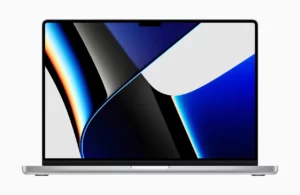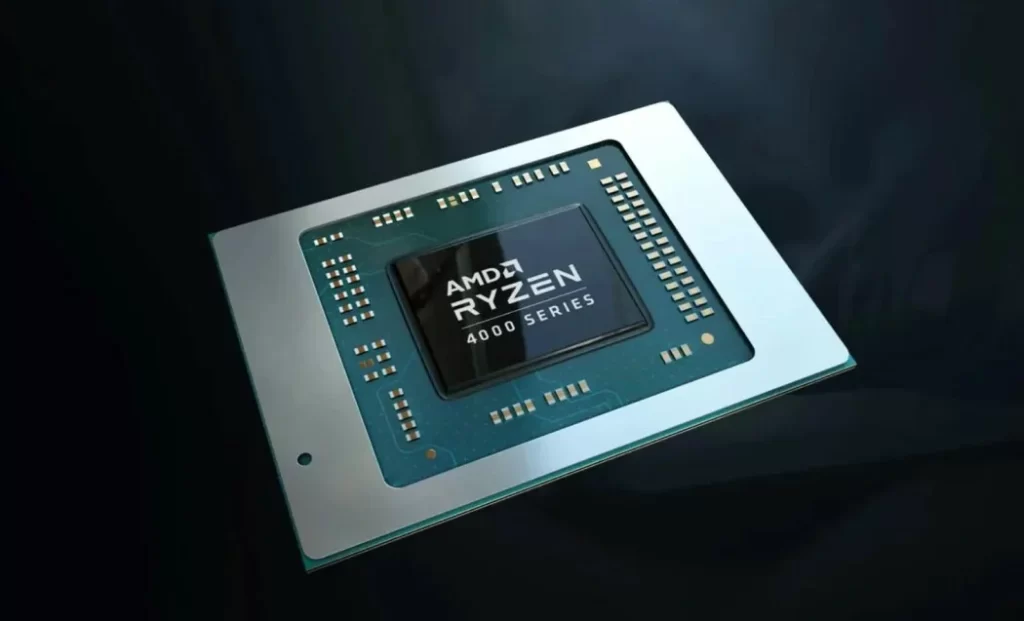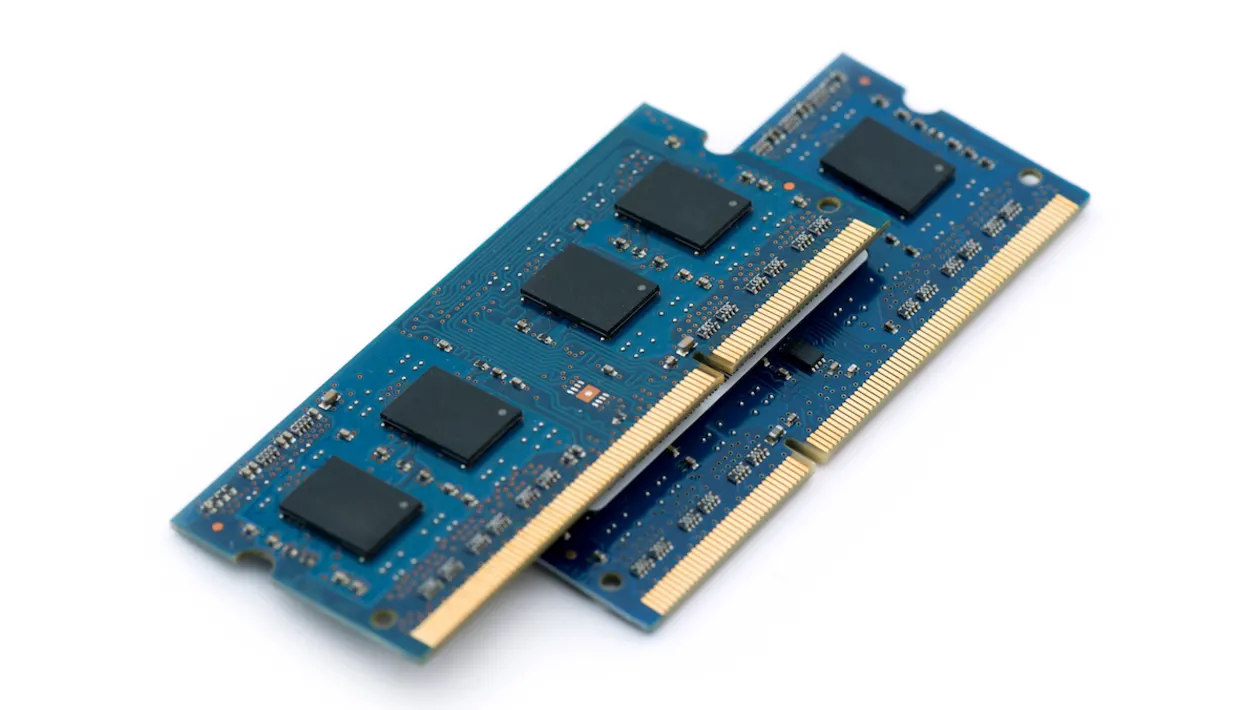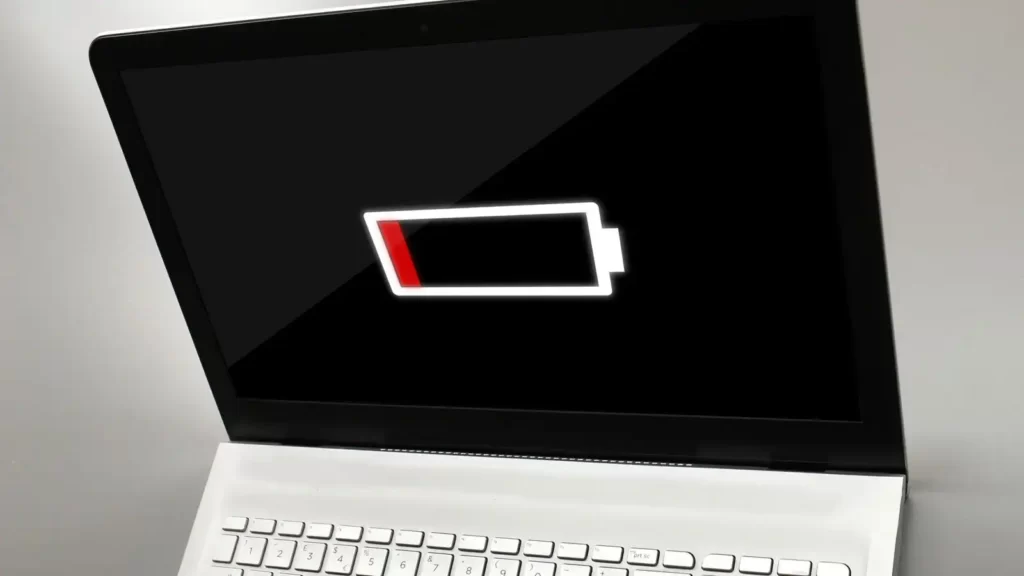The Enware 17in Laptop is the ideal device for understudies, engaged experts, and intense gamers. Its Intel Core i7 Processor and 8GB of DDR4 RAM, make it suitable to deal with any favor. Plus, the laptop will let you nail multiple tasks simultaneously and much more efficiently as compared to other laptops. This gaming device will provide you with everything that you could need as an office worker to complete the job easily.
What The Enware 17-inch Laptop Is To Users?
This 17 inch laptop could be predictable as an excellent gaming laptop in 2023, in comparison to others, especially in the price range. The crucial backlit keyboard, the striking sound system and the most impressive graphics make this gadget one of the best choices for accessible laptops in the market at this competitive price.
Moreover, it has ample memory to store your data such as documents, videos and photos. It is easy to carry around as it is light in weight. In case you are looking for a laptop to assist you and also to keep you productive and organized, this gadget is just the right choice. Today we come up with a detailed Enware 17 laptop review to make it easy for you to pick out the best laptop according to your requirements.
How Does Enware 17in Laptop Evaluate To Its Competition?
The gadget market is full of laptops with various designs, styles, benefits and other things that the customers ponder upon. Every laptop has its pros and cons for the users. Every user compares the laptop with others and reads the reviews before deciding to purchase the best. Thus, the significant factor to consider while purchasing a laptop is how it compares to its competition.
When it comes to the speed of the processor, screen size, memory and battery life, the best laptops are from some of the top brands such as Dell, HP, and Apple come into existence. Next, in terms of screen resolution, 4K displays are up to four times as sharp as conventional HD displays. However, all laptops cannot afford 4K displays as these make them quite expensive. When we talk about this device then in terms of price it is the best laptop for gaming experiences.
Does The Laptop Offer Something For Each Person In Your Family?

Yes, this all-in-one laptop offers suitability to each person in your family.
It can be an interesting laptop for families who have many members to use the laptop for different reasons. You can share this laptop with all family members. In this, you can also keep track of what every single person is using the laptop. Its impressive features will suit each family member whether you want to work on MS office, want to watch a movie, want to play a game, or listen to music. Moreover, the laptop of Enware are encrypted, so your data is safe even if someone takes away your laptop. You will also get a warranty with the product to ensure that you’re getting a quality product.
Complete Specifications Of Enware 17in Laptop For The Customers!!
This laptop offers a remarkable bunch of features that make it easy for the customers to select it for buying. The most prominent is its large screen and HD display which is just an ideal option for both work and leisure time while watching movies or playing video games.
Here are the specifications and features of the laptop in tabular form for your convenience:
| Name of the specification | Details |
| Model of the processor | Core i7-4710HQ |
| Graphics of the Processor | NVIDIA GeForce GTX 970M |
| Operating System Installed | Windows 10 |
| Screen size and Resolution | 17.3 inches with 1920 x 1080p |
| Random Access Memory | 8GB of DDR 3L Memory |
| Color of the laptop | Black, Steel Grey |
| Hard Disk | 1 TB (1000 GB) |
| Battery Life Span | 8 hours |
| Price | $2500 – $2999 |
Enware 17in Laptop Specifications
The detailed specification of the laptop
The laptops of Enware company are popular among travelers because of their sturdiness, and it is also a great choice to bring along on a summer vacation. Let us look at the detailed review of each specification of the laptop to make it more clear for the customers.
Display

The laptop is equipped with an HD resolution of 1920 x 1080 and the latest GeForce GTX 970M GPU that is powerful enough to handle the minute details in films and in demanding games as well. You will get a smooth gameplay experience with the radiant visuals and NVIDIA G-SYNC technology. Plus, with its impressive vivid colors and screen sizes, you will get the dazzling experience of gaming where every frame will be delivered to you. You will also get the best image quality at this affordable price.
Laptop Processor

The laptop consists of Intel quad Core i7-4710HQ processor that is capable to function at 3.5GHz with turbo boost technology. With this, you can handle multitasking simultaneously without any hindrance of application switching. The processor has a 6MB reserve memory that allows the Core i7-4710HQ Processor to quickly access data, and work up to 16 GB DDR3L SDRAM for a seamless working experience. The processor is best for handling the speed of trending gaming titles.
RAM Of The Enware 17in Laptop

This fantastic gadget has 8 GB of DDR3 RAM which is a promising one for a flawless and pleasant gaming experience for the users. You will get ample memory to handle high-intensity tasks. With this RAM users can easily run numerous applications and watch the required content without obstacles. This is the best laptop in the market to get your hands on this great memory to start boosting your performance!
Hard Drive

The laptop also offers a large storage capacity of 1000GB or 1 TB to store all of your data including photos, movies, music, the most demanding games and also important documents without fearing common memory issues. This hard drive is also made out of robust materials and features a 5400 rpm speed, for storing HD videos and photos. You can also add up to the hard drive with its easy-to-use installation process.
Battery Life Of The Laptop

This is a significant thing to ponder before deciding to buy a laptop. When it comes to laptops, the biggest concern is how long the laptop will last without charging. This laptop comes with a battery life of almost 8 hours, which is normally enough then the battery of other gaming laptops in a similar price range. This battery life span factor makes it much more unique and demandable. With this battery life, you can use this for the entire day without recharging.
Laptop’s Design
Alienware’s laptop has an angular design with a 17-inch display screen. It has a gunmetal-grey spaceship look that is much the same as the previous versions. It is an aggressive and powerful laptop, with its two-toned mix of grey and black. It is made so classy and refined, with solid aluminum material and soft-touch plastic.
Graphics For The Best Gaming Experience
The cheaper Enware laptop packs quite a performance punch with the powerful GTX 1080 model. The 970 M graphic processor of the device is another plus point for gamers and other users. It can support the most demanding games. With either configuration, you can play intense games such as Andromeda at high settings with even buttery-smooth VR performance. The Andromeda game almost can run at over 100 frames per second as high as 160 fps both in conversation as well as in combat scenes. It is possible due to its 640 CUDA cores that permit gamers to play HD games at high frame rates. This laptop is a clear option for those users who prioritize the quality of graphics while making a purchase decision.
Sound Quality
The sound of most of these laptops is provided by the Dolby system which is strikingly realistic and notable. While playing on this laptop intense gamers can enjoy high-quality sound and graphics in a single gaming device, and they do not need to purchase extra speakers for more enjoyment.
Warranty Given By Alienware
Alienware always provides a warranty to their customers along with the best quality product. This specific laptop comes with one year warranty, which covers the hardware issues like display or monitor-related problems, defective or malfunctioning keyboards etc. Enware always makes sure that the customers get the best support and warranty service to maintain the trust bond.
Alienware 17in Laptop Price
The price of this gaming laptop is affordable and seems like a dream come true for a passionate gamer. Enware 17in laptop price makes it a perfect choice for budget-conscious students and office workers. It will cost only around $2500 to $2999, thus it has become the most suitable choice for people looking for the maximum return on their investment.
Keyboard and Touchpad Of Laptop
The traditional style of the keyboard of Alienware is nice and comfy to use, and it needs 2.3 millimeters of travel and 75 grams of force to put the keys into action. Even if the keyboard is set farther back on the deck its soft-touch plastic makes it comfortable to type on.

Its touchpad with dimensions 3.5 x 2.2 inches feels a bit cramped, with so much room on the deck. It is appropriate to zoom on photos, scroll between browsers and flip programs swiftly and without difficulty.
Audio Quality
The Alienware 17in audio is a bit muffled with a crystal clear voice regardless of the drums and orchestra behind it. You can adjust the voice system according to what you’re listening to. If you want to get the best gaming sound practice then you can keep Alienware gaming default profile running on a Mass sound Effect. The audio system balances the characters’ voices, background orchestration and intergalactic gunshots.
Why Enware 17in Laptop Is Wonderful As A Gaming Console?
This version of Enware is a perfect choice for passionate gamers. Let’s have a look at the most prominent reasons to make it just the right laptop for the gaming experience.
Great Display And Processing Power
Most gamers prefer notable screen sizes and displays to take pleasure in gaming skills. The enware 17in gaming laptop is much closer to the idyllic gaming laptop currently present in the market. The devotee gamers can have the benefit of playing popular games flawlessly due to their powerful processing speed. Plus, the display of 17.3 inches is an aid for them to electrify gaming enjoyment.
Far-Reaching Battey Life For Long Gaming Sessions
The laptop gives you an amazing battery life of 8 hours which is much enough for long gaming missions. You can play for long hours without having an issue with charging and can sit anywhere at your convenience.
Easily Upgradable
Gamers always want to upgrade their laptops with the coming of new high-definition games and other requirements. Here also this device suitably fits as it can be upgraded easily. You can add more RAM or a faster processor easily without going to an expert. You can purchase the parts online and can replace them without any problem.
Bottom Line
The Alienware/enware 17 inch laptop offers a great mixture of inventive eye tracking, powerful performance, comfortable typing, affordable price and a beautiful design. If you are planning to purchase a cost-effective and powerful gaming computer with a sleek and alluring design, then this version of the laptop with 17-inch screen is the best choice for you. It will provide you with a big screen, plenty of RAM, and a hard disk with a faster processor. Hence, it is a complete package at a pocket-friendly price.
FAQs Related To Enware 17 inch Laptop
How high-quality is Enware 17in a laptop for a gaming experience?
If you are a dedicated gamer and want to own a laptop that is not hard in your pocket then an Enware 17-inch laptop can be your first choice. Moreover, it is light in weight and comes up with incredible features in the market. It will be a great decision to buy this for a seamless gaming experience.
Is Enware 17in laptop worth buying for customers?
In case you want to buy a laptop on a tight budget, then this laptop will not take you down.
What is the Alienware 17-inch laptop price?
This laptop is more affordable than all present in the market with similar features. Its price is between $2500 to $2999 which is much more budget-friendly.
Does Enware17in the laptop overheat?
The Enware’s graphics card is perfect and takes the power according to the requirement and does not overheat because of the presence of a thermal module. It has good cooling power.
Does the Alienware 17-inch laptop contain cooling fans?

Yes, it has powerful cooling fans, that are much better than other gaming laptops at the same price level.
Related Articles:






![Best Samsung 5G Phones Under ₹30,000 in India – Latest Models & Reviews[May, 2025] Samsung A35 5g](https://appeio.com/wp-content/uploads/2025/02/Samsung-smartphones-under-30k-356x220.webp)
![Top 4 Best Samsung Phones under 40000 [April,2025] Top 4 Best Samsung Phones under 40000](https://appeio.com/wp-content/uploads/2021/05/Top-4-Best-Samsung-Phones-under-40000.jpg)




